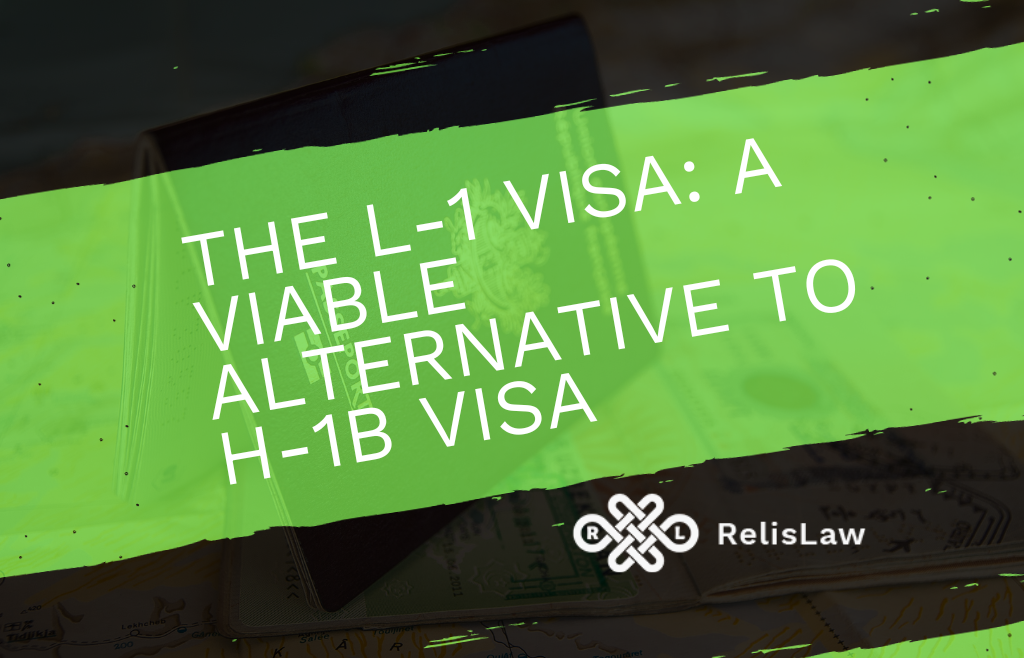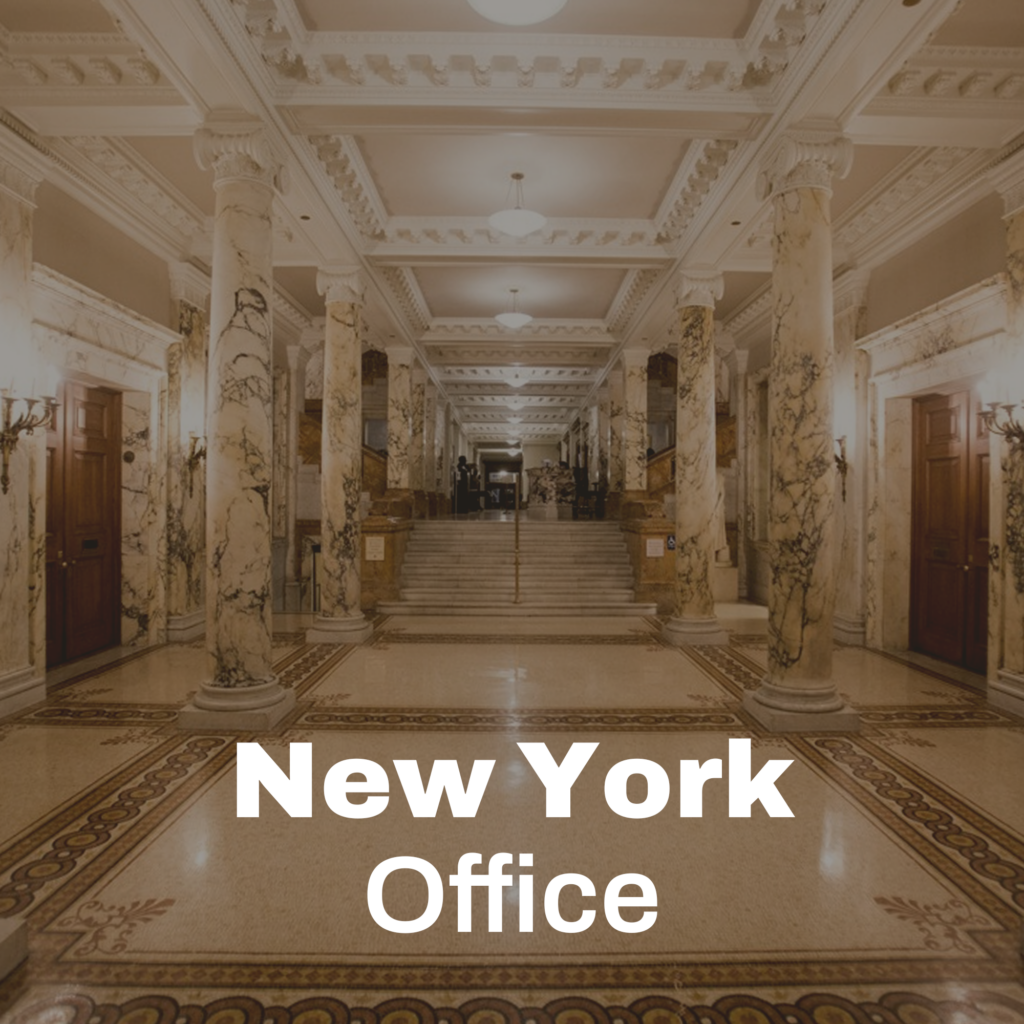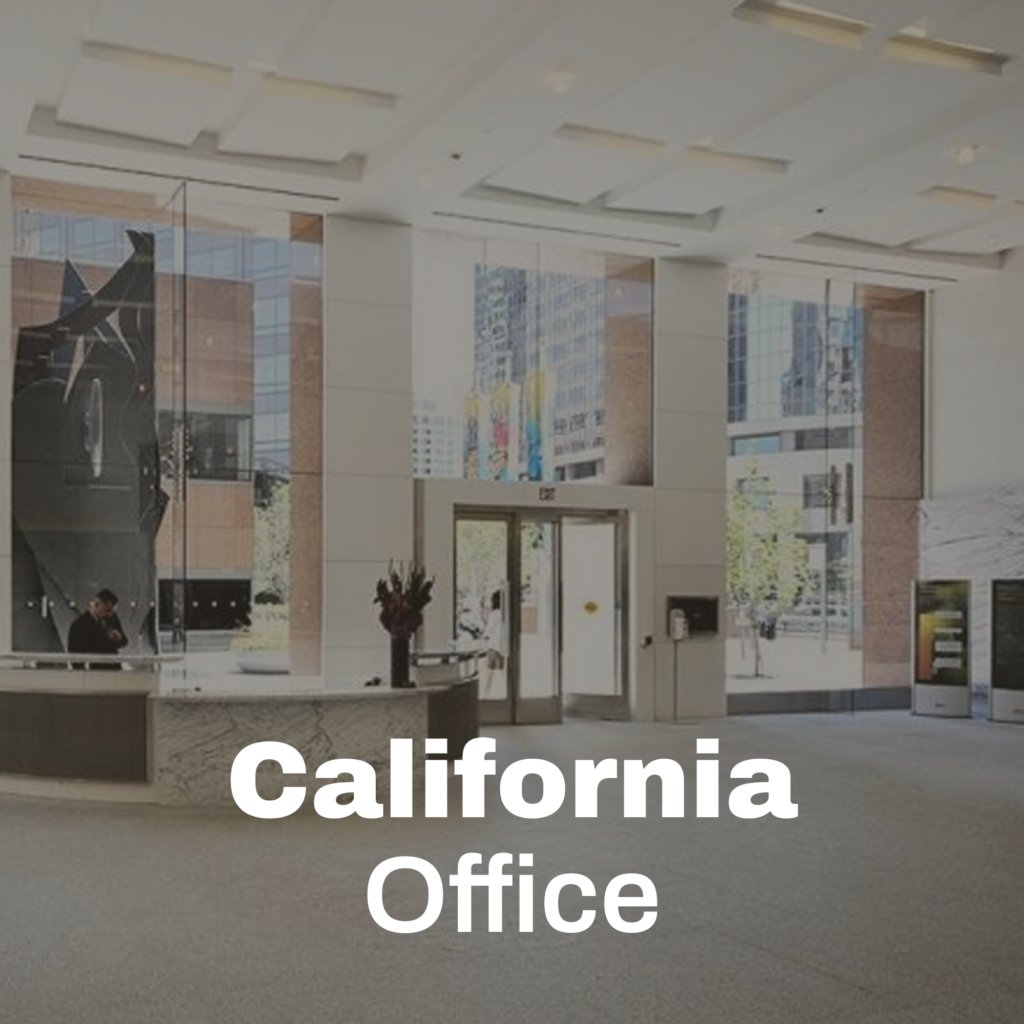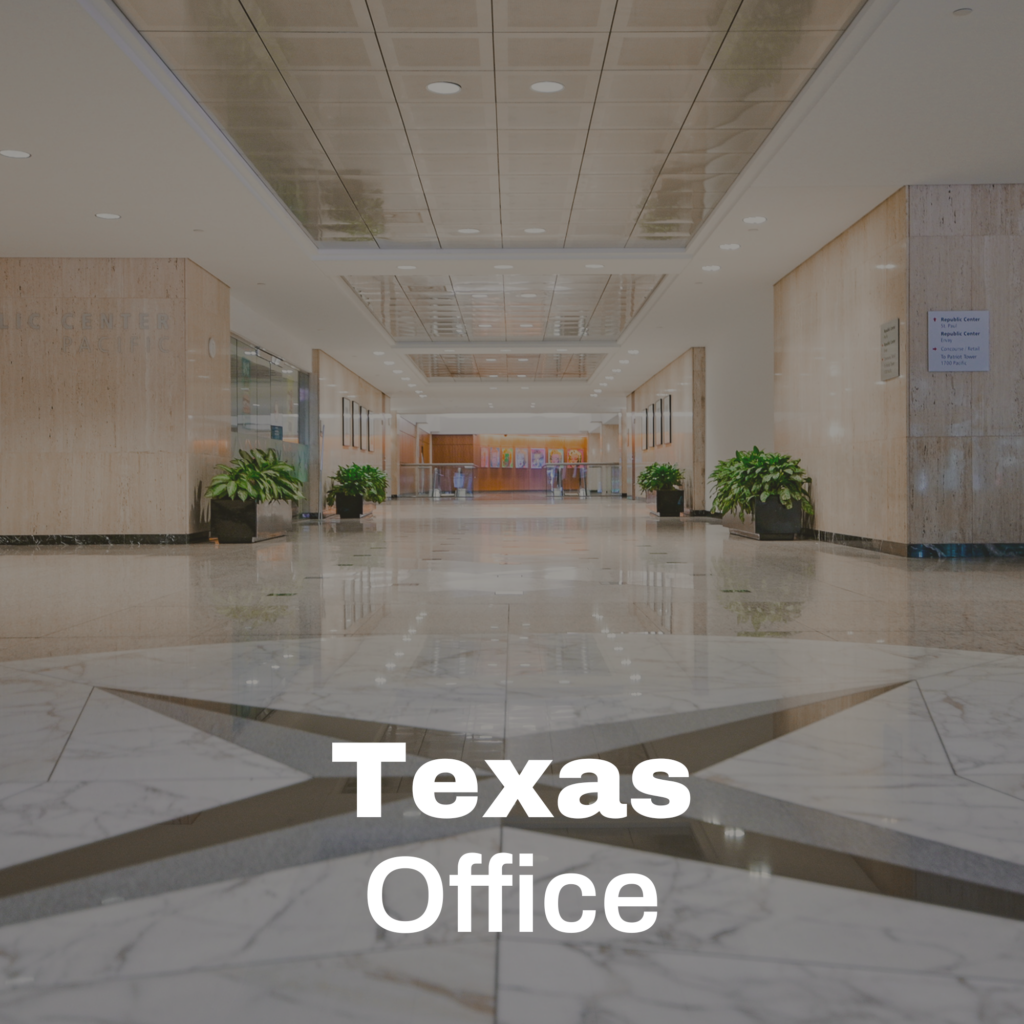
The L-1 visa offers a path for certain employees of multinational companies to transfer to their U.S. offices. This may also include a single foreign company wishing to open a new affiliate office in the U.S. where the visa beneficiary would work. This visa category is particularly relevant for those who have not been selected in the H-1B cap lottery, a common scenario given the high demand for H-1B visas.
The H-1B program, subject to an annual numerical limit, often sees a high number of petitions exceeding its cap, leading to a lottery system conducted by U.S. Citizenship and Immigration Services (USCIS). For some applicants, it may be worthwhile to look into additional visa options.
Overview of the L-1 Visa
The L-1 visa is divided into two subcategories: L-1A for managers and executives and L-1B for employees with specialized knowledge. The L-1A category caters to those transferring to a U.S. office in a managerial or executive role within a multinational company. The L-1B category, on the other hand, is designed for employees who possess advanced knowledge or expertise in the company’s specific areas, such as products, processes, or technology.
Eligibility and Application Process
To qualify for an L-1 visa, both the employee and the employer must meet certain criteria. Employees must be employed by a qualifying multinational organization and hold a position that fits within the L-1A or L-1B category. They must also have worked for the foreign company for at least one year within the three years preceding the application. Employers, in turn, must have a qualifying relationship with the foreign entity and be actively conducting business in the U.S.
The application process involves the U.S. employer filing Form I-129 with USCIS and paying the necessary fees. If the petition is approved, the visa applicant completes the Form DS-160 and schedules a visa interview. The L-1 visa process tends to be faster than other work visa categories, with options for premium processing.
Differences Between H-1B and L-1 Visas
Understanding the differences between the H-1B and L-1 visas is crucial. The H-1B visa, intended for individuals with specialized skills, requires a bachelor’s degree and allows a stay of up to 6 years, with the possibility of changing employers. In contrast, the L-1 visa is specific to employees within the same multinational company and limits the holder to work for their sponsoring employer only, with an initial stay of up to 3 years. This may be renewed, and importantly the L-1 visa can lead to an EB green card visa.
Exploring Your Visa Options: Next Steps
For those impacted by the H-1B cap lottery’s competitive nature, the L-1 visa stands out as an effective alternative, particularly for employees within multinational corporations. This visa category, which includes L-1A for executives and managers and L-1B for those with specialized knowledge, requires a comprehensive understanding of its eligibility criteria and application process. The complexity of navigating these requirements calls for meticulous attention to detail and a thorough assessment of both the employee’s and the employer’s qualifications as per USCIS standards.
For further guidance and assistance in exploring the L-1 visa option, schedule a consultation with RelisLaw. Our team can provide insights and support tailored to your specific situation, helping you navigate the visa application process.
RelisLaw
Latest posts by RelisLaw (see all)
- Protect Your American Dream: Your Legal Shield in the New Immigration Era - January 23, 2025








